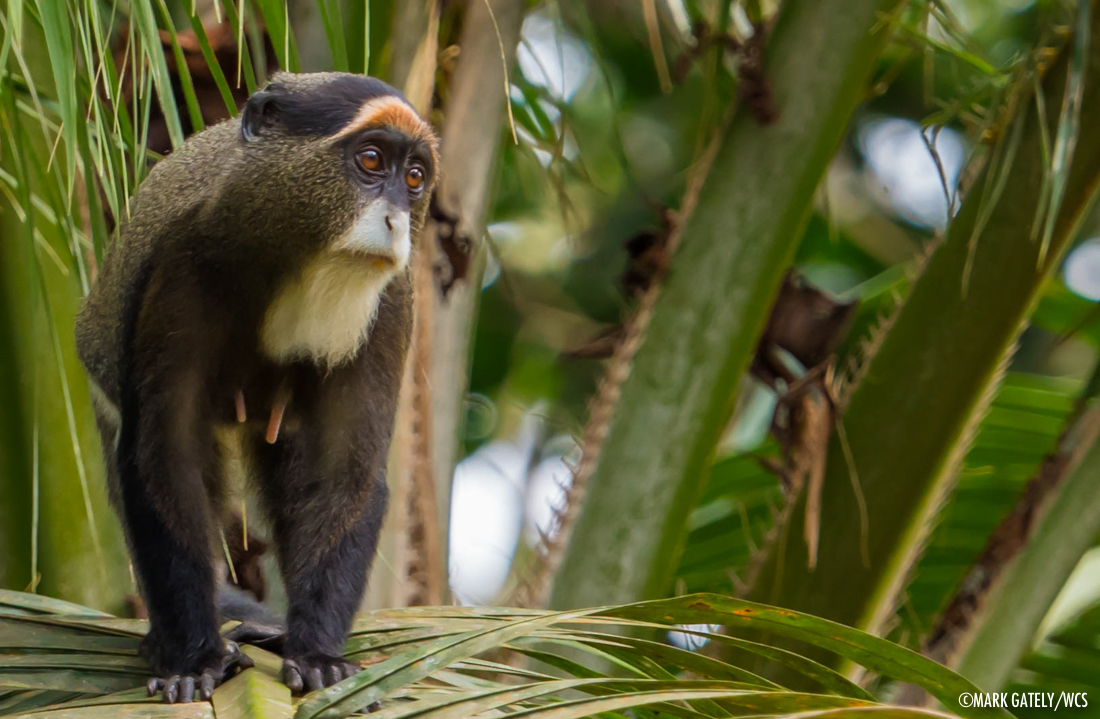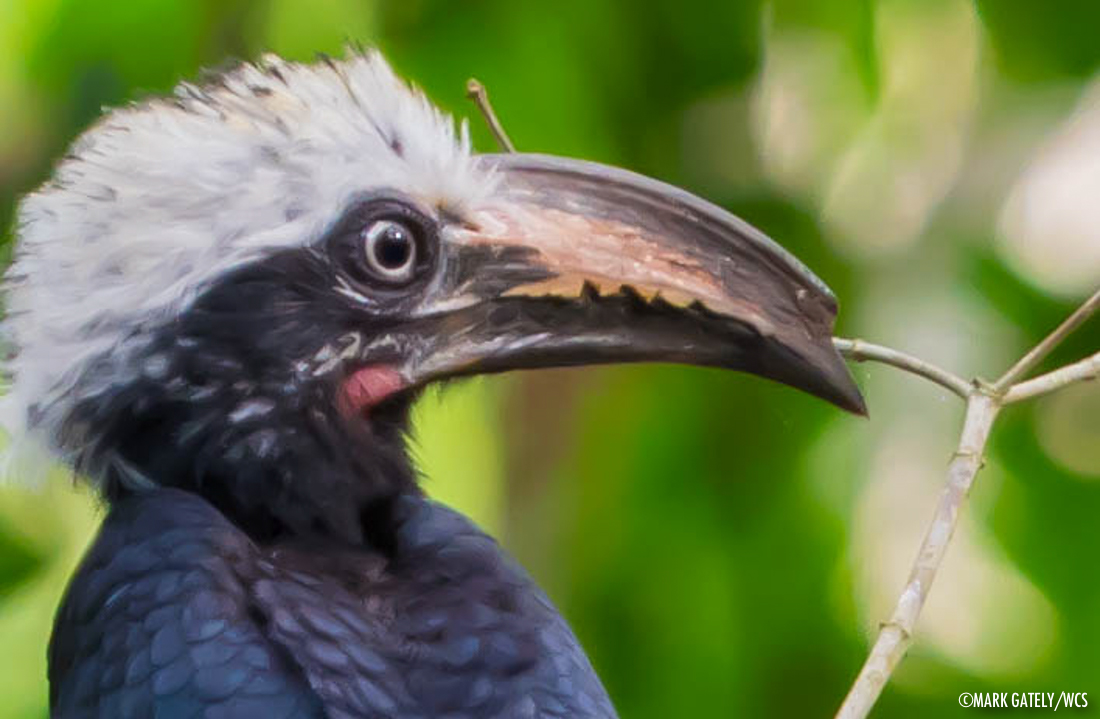
Monkeys That Love the Camera
Located on the Sangha River in northern Congo, the Bomassa headquarters of the Nouabalé-Ndoki National Park have become a haven for wildlife such as this De Brazza monkey. The monkey is one of a group of around twenty individuals that visit the camp on most mornings and evenings to feed on the palm nuts that are scattered across the camp. The monkeys spend up to two or three hours travelling from tree to tree, selecting the tastiest palm nuts, and often compete for their food with other species such as hornbills. On occasion the monkeys even turn to the camp’s human inhabitants for help, balancing on clothes lines and radio antennas to reach the best trees.
”The National Park now employs around 150 local people, who work to safeguard the protected area against the wave of illegal poaching that has swept across most of central Africa in recent years, putting much of the region's biodiversity at risk of extinction.
First constructed in the early 1990s, next to a village of the same name, Bomassa serves as the base camp for the teams of ecoguards, researchers and other staff that are employed to ensure the protection of the Nouabalé-Ndoki National Park. Created in 1993, the National Park covers over 4,000 square kilometres of tropical lowland forest, and is home to charismatic large mammal species such as gorillas, chimpanzees, and forest elephants. The National Park now employs around 150 local people, who work to safeguard the protected area against the wave of illegal poaching that has swept across most of central Africa in recent years, putting much of the region’s biodiversity at risk of extinction.

Elsewhere in Congo, De Brazza monkeys might be the target of hunters, but in Bomassa they know that they are safe from human predation, and much more likely to be the targets of tourists and photographers. Several generations of monkeys have now benefitted from this protection, with the result that there is now a large family group who are more than happy to pose for the cameras whenever the occasion permits!


Tim G
Excellent photos of the natural wildlife
Stephen Barth
Nice that they’re self habituating